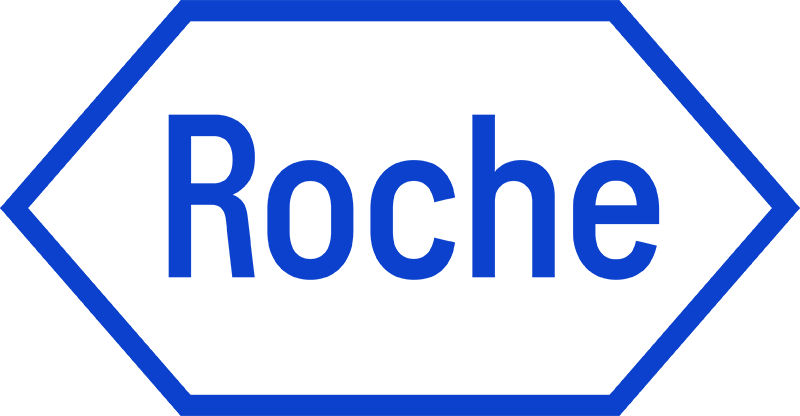Breast cancer is the most common cancer among women worldwide.1
Early detection, innovative testing, and new therapies contributed to a 40% reduction in breast cancer mortality rate over the past few decades,2 but there is still much work to be done.
Today, breast cancer continues to claim nearly 600,000 lives annually.¹ Every breast tissue sample you receive represents someone’s life—their questions, hopes and aspirations are in your hands. We are inspired by the work you do for patients every day, and we remain committed to supporting you with new and advanced diagnostic tools that have the potential to profoundly change lives.

